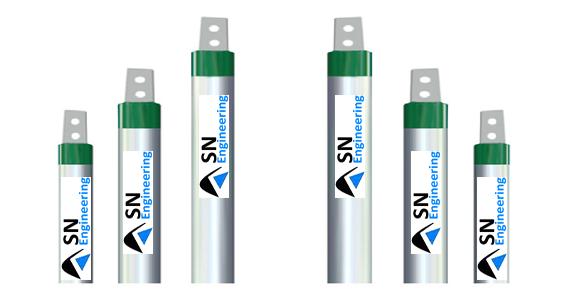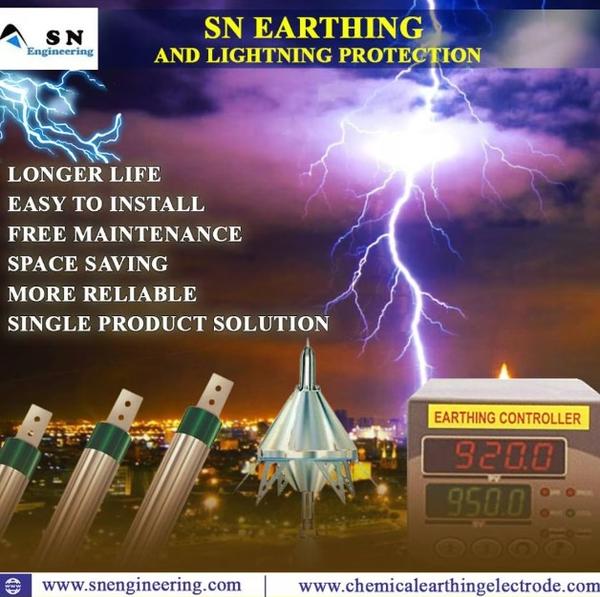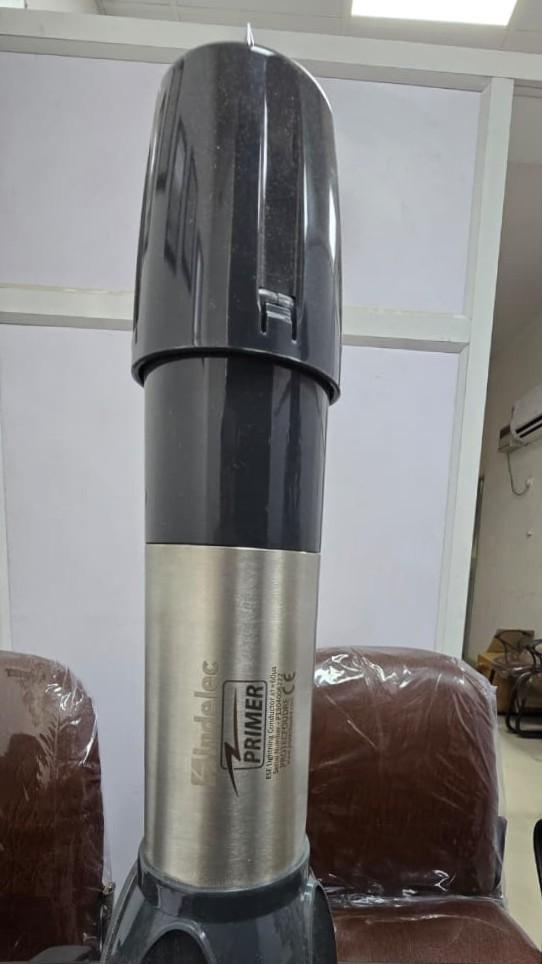
How to design lightning arrester
Designing a lightning arrester involves several steps:
1. Determine the voltage rating: Based on the maximum voltage of the system to be protected.
2. Select the type: Choose from spark gap, valve-type, or surge arrester designs, considering factors like response time and energy handling capabilities.
3. Calculate the discharge current: Based on the expected lightning surge current and the arrester's energy absorption capacity.
4. Select the gap distance: For spark gap arresters, the gap distance determines the voltage at which the arrester sparks over.
5. Choose the electrodes: Select materials with high conductivity and durability, like copper or aluminum.
6. Determine the grounding resistance: Ensure a low grounding resistance to effectively dissipate the surge current.
7. Consider environmental factors: Account for temperature, humidity, and pollution levels, which can affect the arrester's performance.
8. Perform simulations and testing: Validate the design using simulations and testing to ensure it meets the required standards (e.g., IEC 60099-4).
9. Install and maintain: Properly install the arrester and perform regular maintenance to ensure its effectiveness.
Note: Designing a lightning arrester requires expertise in electrical engineering and lightning protection. It's recommended to consult with a professional or refer to relevant standards and guidelines.
Www.chemicalearthingelectrode.com
Keywords
IEC
Note
type
system
copper
testing
aluminum
humidity
expertise
materials
electrodes
durability
guidelines
performance
simulations
temperature
gap distance
professional
several steps
effectiveness
response time
voltage rating
maximum voltage
pollution levels
high conductivity
discharge current
lightning arrester
relevant standards
required standards
regular maintenance
spark gap arresters
lightning protection
environmental factors
electrical engineering
surge arrester designs
lightning surge current
low grounding resistance
energy absorption capacity
energy handling capabilities




